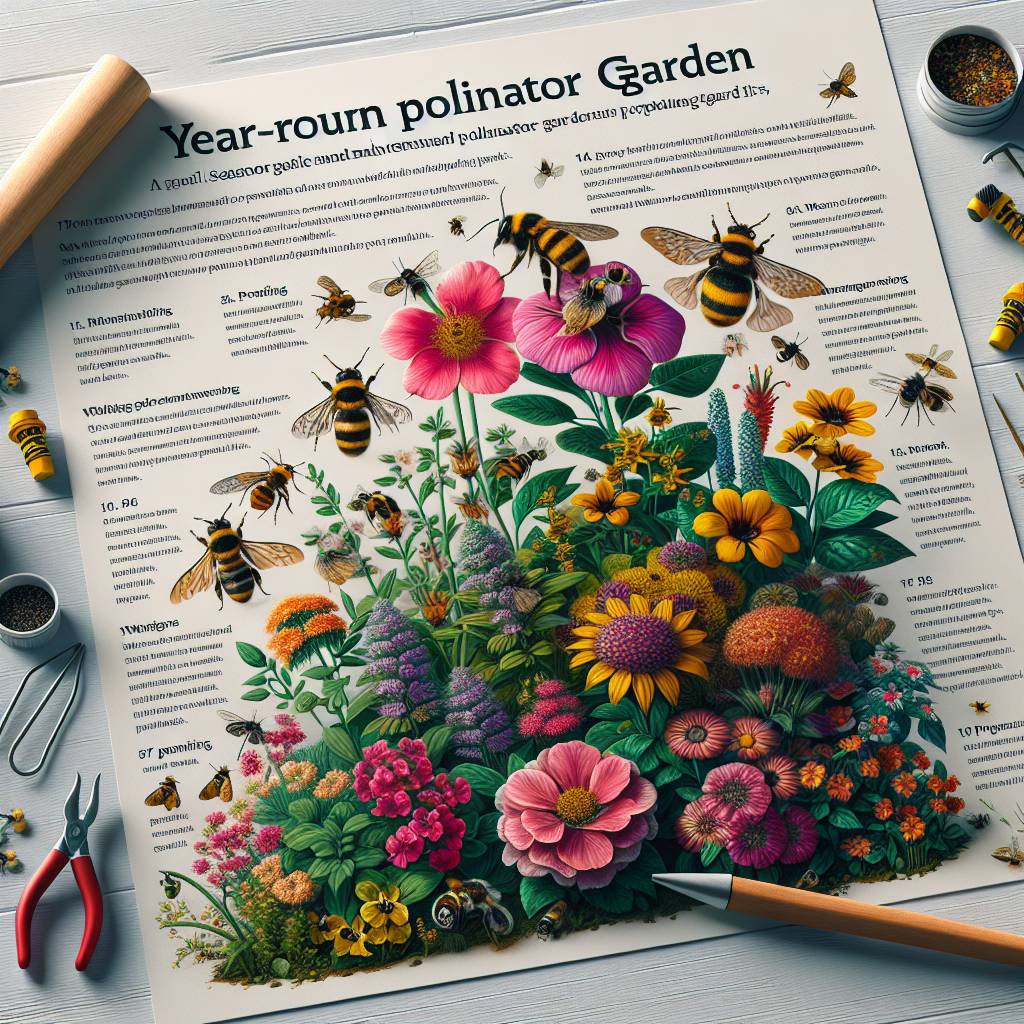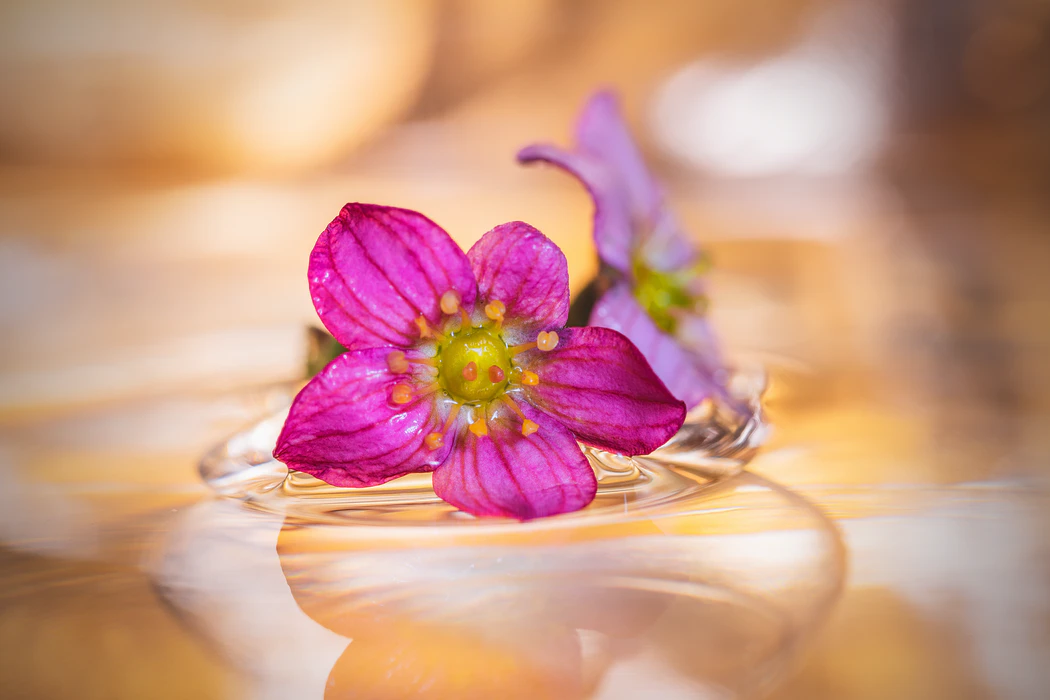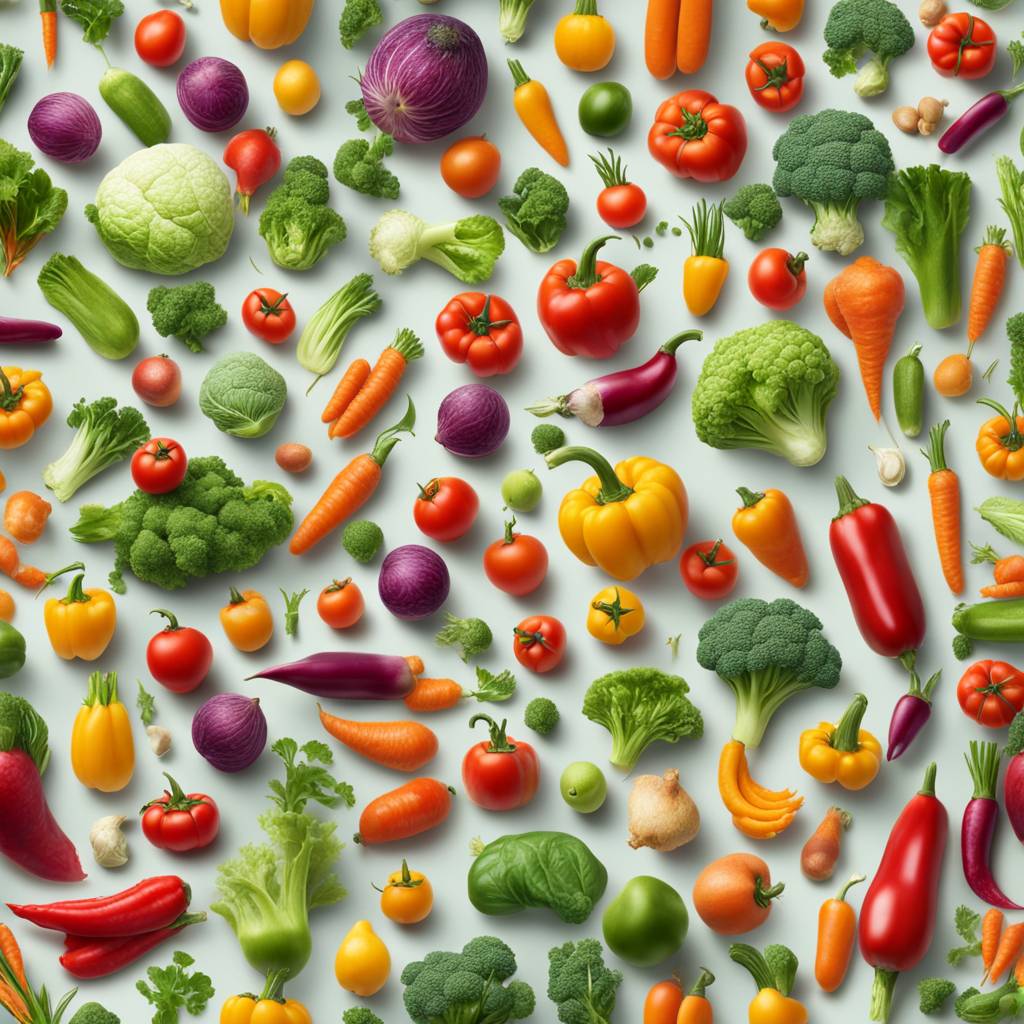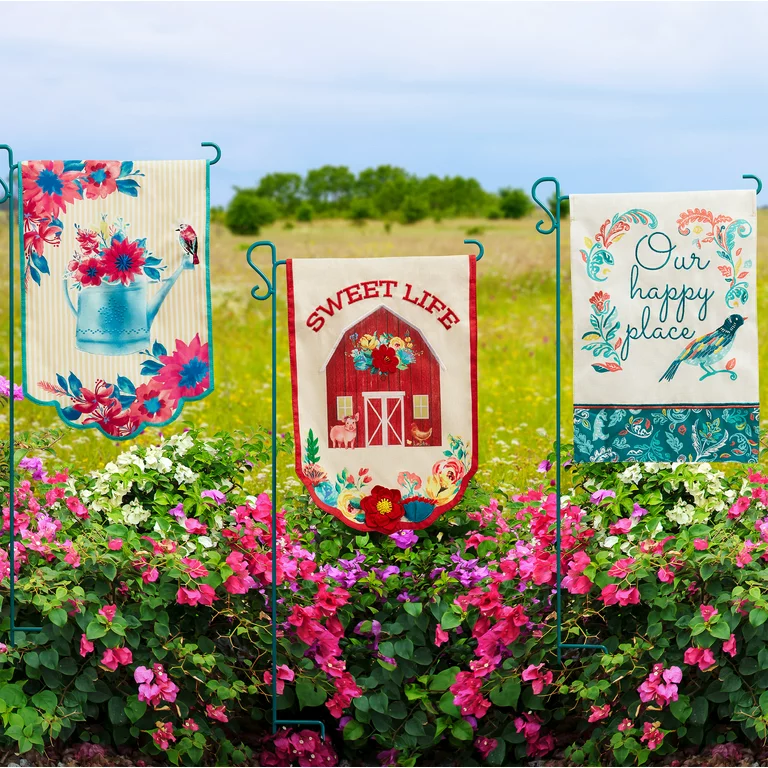Maintaining a pollinator garden in backyards is both rewarding and essential for the environment. While it may seem like a daunting task, with the right tips, anyone can keep their garden flourishing. From choosing the right plants to understanding seasonal needs, we’ll cover everything you need to know to ensure your garden remains a haven for pollinators year-round.
In this post, we’ll delve into practical strategies for planting and overwintering your pollinator garden without breaking a sweat, including weed management. Whether you’re new to gardening or have some experience under your belt, these tips will help you create an inviting space for our buzzing friends while adding vibrant beauty to your surroundings.
Key Takeaways
- Regularly assess your pollinator garden to ensure it meets the needs of diverse pollinator species.
- Implement year-round care practices, such as providing water sources and leaving some plant debris for overwintering insects.
- Tailor maintenance strategies to each season, including pruning, weeding, and monitoring for pests and diseases.
- Prioritize special care for bumble bees and monarchs by planting specific host plants and providing suitable habitat.
- Emphasize native plant selection and conservation to support local pollinator populations and enhance garden resilience.
- Practice responsible pesticide management and prepare for natural disturbances to protect pollinators and their habitats.
Understanding Pollinator Garden Fundamentals
Importance of Native Plants
Native plants play a crucial role in attracting pollinators to your garden. These plants have evolved alongside native pollinators, providing them with the nectar, pollen, habitat, and planting they need to thrive. By incorporating native plants into your garden, you create a familiar environment for local pollinators, encouraging them to visit regularly.
Attracting pollinators such as bees, butterflies, and hummingbirds, as well as weeds, is vital for maintaining healthy garden ecosystems. These creatures are responsible for the pollination of many flowering plants, including fruits and vegetables. Without their assistance, the reproduction of these plants would be severely hindered. Therefore, by cultivating an environment that entices pollinators, you contribute to the overall health and biodiversity of your garden.
Diverse Habitat Creation
Creating a diverse and sustainable habitat for pollinators involves more than just planting flowers. It’s essential to consider various factors such as providing nesting sites for solitary bees or creating sheltered areas where butterflies can rest during inclement weather. Ensuring there is a continuous source of blooming flowers throughout the growing season is crucial for sustaining visiting pollinators.
Incorporating a variety of plant species that bloom at different times ensures that there is always something available for visiting pollinators to feed on. For example: early spring-blooming crocuses provide much-needed sustenance after winter hibernation; meanwhile late-season asters offer nourishment before fall sets in.
Principles of Landscape Management for Pollinators
Flowering Plant Variety
Incorporating flowering plants with different bloom times is crucial for sustaining pollinator populations. By including a diverse range of flowers that bloom at various times throughout the growing season, you can ensure a consistent food supply for pollinators. For example, early blooming plants like crocus and snowdrops provide essential nectar and pollen for emerging bees and butterflies in the spring. Later blooming varieties such as asters and goldenrods offer sustenance as the season progresses.
Diversity in flowering plant types also attracts a wider array of pollinators, from bees to butterflies to hummingbirds. This variety not only supports these vital creatures but also adds visual interest to your garden throughout the year.
Shelter and Nesting Sites
Creating an environment that provides shelter and nesting sites for pollinators is another key aspect of maintaining a thriving ecosystem in your garden. Consider incorporating features like brush piles, rock walls, or areas of undisturbed soil where ground-nesting bees can make their homes.
Installing bee houses or insect hotels can offer shelter for solitary bees while adding an attractive architectural element to your garden. These structures mimic natural nesting sites and encourage beneficial insects to take up residence in your landscape.
Minimizing Pesticide Use
One fundamental practice in pollinator garden maintenance is minimizing pesticide use to protect pollinator health. Instead of relying on chemical pesticides, consider employing natural pest control methods such as encouraging predatory insects like ladybugs or lacewings by planting companion flowers like dill or yarrow.
Another approach is practicing good cultural techniques such as handpicking pests off plants or using physical barriers like row covers to prevent infestations without resorting to harmful chemicals.
Year-Round Pollinator Garden Care
Regular Monitoring and Observation
To ensure the pollinator garden thrives, regular monitoring and observation are essential. This involves keeping an eye on the various pollinators that visit the garden, such as bees, butterflies, and hummingbirds. By doing so, you can assess their activity levels and identify any potential issues that may arise. For instance, if there is a sudden decline in pollinator visits, it could indicate a problem with the plants or environmental conditions.
Moreover, observing the behavior of these pollinators allows you to understand which flowers they prefer. This knowledge helps in planning future plantings to attract a diverse range of beneficial insects and birds. For example:
- Noticing bees favoring specific types of flowers can guide your selection for next season’s planting.
- Observing butterflies frequenting certain areas of the garden can help in creating micro-habitats tailored to their needs.
Soil Fertility and Moisture Maintenance
Maintaining proper soil fertility and moisture levels is crucial for sustaining a healthy pollinator garden throughout the year. This involves regularly testing the soil to ensure it has adequate nutrients for plant growth. Mulching around plants helps retain moisture while also enriching the soil as it decomposes over time.
Furthermore:
- Adding organic matter like compost or well-rotted manure improves soil structure and fertility.
- Ensuring proper drainage prevents waterlogging during rainy periods which could be detrimental to both plants and pollinators.
Pruning and Deadheading Flowers
Pruning and deadheading play key roles in promoting continuous blooming within a pollinator garden, providing sustained nectar sources for visiting insects. Removing spent blooms not only encourages new flower production but also enhances overall aesthetics by preventing wilting or decayed blossoms from detracting from the beauty of your landscape.
In addition:
- Trimming back overgrown vegetation ensures ample sunlight reaches all parts of your garden.
- Deadheading enables energy resources to be redirected towards new growth rather than seed production.
Seasonal Maintenance Strategies
Spring
In spring, it’s crucial to start by cleaning up any debris in the garden. This includes removing dead leaves, branches, and other plant material that may have accumulated over the winter. By doing this, you’re creating a clean slate for new growth to emerge. Preparing the soil by adding organic matter such as compost can provide essential nutrients for plants as they begin their growing season.
Once spring arrives, it’s time to assess which plants have survived the winter and which ones need replacing. Spend some minutes each day walking through your garden inspecting the condition of your plants. Look for signs of life such as new shoots or buds on perennials and shrubs.
Summer
During summer, regular watering is critical to keep pollinator gardens thriving. Watering should be done deeply but infrequently to encourage deep root growth and reduce water loss through evaporation. Aim for early morning or late afternoon watering sessions when temperatures are cooler to minimize water loss due to evaporation.
Another important task during summer is managing weeds. Weeds compete with desirable plants for resources like water, sunlight, and nutrients. Spend a few minutes each week pulling weeds from your garden beds and pathways.
Fall
As fall approaches, collecting seeds from spent flowers is an excellent way to propagate more plants for next year’s garden while also supporting local pollinators’ food sources. Spend some time in your garden every day or at least a couple of times a week collecting seeds from flowers that have finished blooming.
Removing spent vegetation before winter sets in helps encourage dormancy among perennial plants while reducing hiding places for pests that could potentially damage your garden during colder months.
Special Care for Bumble Bees and Monarchs
Creating Suitable Habitats
Bumble bees are important pollinators, and creating suitable habitats for their nests can help support their populations. Providing areas with little disturbance such as tall grass or brush piles can offer ideal nesting spots. Leaving some areas of the garden unmulched provides potential nesting sites for bumble bees.
Supporting monarch butterflies involves planting specific milkweed species that serve as essential host plants for their caterpillars. By incorporating varieties like common milkweed (Asclepias syriaca) or swamp milkweed (Asclepias incarnata), you can contribute to the conservation of these iconic butterflies while beautifying your garden.
Additional Food Sources
During critical stages of their life cycle, both bumble bees and monarch butterflies require additional food sources to thrive. For bumble bees, providing nectar-rich flowers throughout the growing season ensures a continuous supply of food. Examples include bee balms, coneflowers, and asters.
Monarchs also benefit from nectar plants such as butterfly bushes (Buddleja davidii) and zinnias to fuel them during migration periods. Incorporating these plants into your garden not only supports monarchs but also adds vibrant colors that attract other beneficial insects.
Native Plant Selection and Conservation
Choosing Native Plants
When creating a pollinator garden, it’s crucial to select native plants that are well-suited to the local climate. By choosing native species, you ensure that the plants are adapted to the specific environmental conditions of your area. This promotes healthy growth and provides a suitable habitat for pollinators such as bees and butterflies. For instance, if you live in an area with hot, dry summers, selecting drought-resistant native plants like yarrow or purple coneflower can thrive without requiring excessive watering.
Another important aspect of choosing native plants is promoting genetic diversity within local plant populations. When you use locally sourced seeds from nearby plant populations, you help maintain the unique genetic makeup of these plants. This is essential for ensuring the resilience and long-term survival of various plant species in your region.
Participating in Seed-Saving Initiatives
To further contribute to conserving native plant populations, consider participating in seed-saving initiatives organized by local conservation groups or botanical gardens. These initiatives aim to collect seeds from diverse native plant species and store them for future use. By getting involved in these efforts, you actively participate in preserving the genetic heritage of your region’s flora.
Engaging in seed-saving activities allows you to play a role in enhancing biodiversity by safeguarding rare or endangered native plant species. For example, if there’s a particular type of milkweed that serves as a critical food source for monarch butterflies but is at risk due to habitat loss, contributing seeds from this species helps ensure its continued existence.
Best Practices for Garden Upkeep
Mulching Benefits
Mulching is essential for garden maintenance, as it helps to retain soil moisture and suppress weed growth. By applying a layer of mulch around your plants, you can prevent water evaporation from the soil, ensuring that your garden stays adequately hydrated. This reduces the need for frequent watering, which not only saves time but also conserves water resources. Mulch acts as a barrier against weeds, inhibiting their growth and minimizing competition for nutrients with your desired plants.
Mulching also contributes to the overall health of your garden by providing insulation during extreme temperatures. In colder weather, it protects plant roots from frost damage, while in hotter climates, it helps regulate soil temperature to prevent dehydration and heat stress on plants.
Regularly inspecting plants for signs of pests or diseases is crucial in maintaining a thriving garden. By keeping an eye out for any abnormalities such as discoloration, wilting leaves, or unusual spots on foliage, you can promptly address potential issues before they escalate. Early detection allows for targeted interventions such as natural pest control methods or disease-resistant plant varieties.
When addressing pest infestations or diseases in your garden, consider environmentally friendly solutions like introducing beneficial insects that prey on harmful pests or using organic pesticides sparingly to minimize impact on other organisms within the ecosystem.
Invasive Plant Disposal
Properly disposing of invasive plant species plays a pivotal role in preventing their spread and safeguarding the biodiversity of your backyard ecosystem. When removing invasive plants from your garden, ensure that you dispose of them responsibly to prevent reseeding and further proliferation.
In some cases where manual removal is challenging due to extensive root systems or underground runners (e.g., Japanese knotweed), professional assistance may be necessary to effectively eradicate these aggressive species without causing unintentional harm to native flora.
Managing Pesticides and Natural Disturbances
Integrated Pest Management
Using integrated pest management (IPM) techniques is crucial. Avoiding broad-spectrum pesticides helps protect the beneficial insects that pollinators rely on. Instead, opt for targeted treatments or non-chemical control methods to manage pests effectively.
Implementing natural pest control methods, such as companion planting, can also aid in maintaining a healthy pollinator garden. For example, planting marigolds alongside vegetables can deter harmful insects while attracting beneficial ones like ladybugs. This not only minimizes the need for pesticides but also fosters a balanced ecosystem within your garden.
Impact of Natural Disturbances
Understanding the impact of natural disturbances, such as wildfires or floods, on pollinator habitats is essential for effective garden maintenance. While these events are beyond our control, being aware of their potential effects allows us to take preventive measures wherever possible.
For instance, creating firebreaks around your garden can help reduce the risk of wildfire damage. Ensuring proper drainage systems and using native plants with deep root systems can mitigate flood-related issues in your pollinator garden.
Attracting a Diversity of Pollinators
Flower Variety
A diverse array of flower shapes and colors is essential for attracting various pollinator species to your garden. Different species of pollinators are drawn to different types of flowers, so having a mix ensures that you can cater to the needs of a wide range of beneficial insects. For instance, bees are often attracted to blue, purple, and yellow flowers such as lavender, bee balm, and sunflowers; while butterflies are typically lured by bright red or pink blossoms like zinnias or phlox.
Diversifying the flower selection in your garden not only enriches its aesthetic appeal but also plays a crucial role in supporting the health and well-being of pollinators. By planting an assortment of flowers with varying shapes and colors, you can provide nectar sources for numerous pollinating insects throughout the growing season. This diversity also helps ensure that there will be abundant food available even during periods when certain plants may not be blooming due to factors such as drought or extreme weather conditions.
Resource Provision
In addition to offering an assortment of flowering plants, it’s important to provide other vital resources for butterflies and bees in your pollinator garden maintenance plan. Water sources are especially critical for these creatures as they need moisture not just for drinking but also for regulating their body temperature. Creating shallow dishes filled with water or incorporating features like small ponds can help fulfill this need.
Moreover, ensuring access to minerals is another key aspect in sustaining healthy populations of butterflies and bees within your garden space. One way this can be achieved is by including specific plants known as “mineral accumulator” which draw up nutrients from deep within the soil into their leaves where they become accessible to visiting pollinators when they feed on them.
Microhabitats Creation
To support a diverse community of pollinators in your garden setting, consider establishing various microhabitats that cater specifically to different species’ requirements. For example, creating rock piles provides sheltered areas where solitary bee species might choose to nest; while brush piles offer refuge spots suitable for overwintering butterflies or moths.
Closing Thoughts
Congratulations on completing your crash course in pollinator garden maintenance! By now, you’ve gained a deep understanding of the fundamentals and principles needed to create a thriving habitat for our essential pollinators. Remember, it’s not just about the beauty of your garden; it’s about creating a safe space for these crucial creatures to thrive. So, go out there and put your knowledge into action. Start by implementing the seasonal maintenance strategies and special care techniques you’ve learned to ensure that your garden remains a welcoming haven for all pollinators.
Now that you’re equipped with the know-how, it’s time to roll up your sleeves and get your hands dirty. Your efforts will not only beautify your surroundings but also contribute to the preservation of vital ecosystems. So, grab those gardening gloves, embrace the buzz, and let’s make this world a better place for all its inhabitants!
Frequently Asked Questions
How can I attract a diversity of pollinators to my garden?
To attract a diverse range of pollinators, plant a variety of native flowers that bloom at different times. This provides food sources throughout the season. Consider incorporating plants with various colors and shapes to appeal to different pollinator species.
What are some best practices for maintaining a pollinator garden?
Regularly monitor your garden for signs of pests or diseases, and promptly address any issues using organic methods. Avoid using chemical pesticides that could harm beneficial insects. Also, provide nesting sites such as bee houses and leave some areas undisturbed for ground-nesting bees.
When is the best time for seasonal maintenance in a pollinator garden?
In early spring, clean up any debris left from winter and divide or transplant perennials if needed. During summer, deadhead faded flowers to encourage continuous blooming. In fall, cut back spent stems while leaving some standing vegetation for overwintering insects.
How can I conserve native plants in my pollinator garden?
Conserve native plants by selecting locally adapted species that support local wildlife and ecosystems. Avoid introducing invasive plant species into your garden as they can outcompete native plants and disrupt the balance of the ecosystem.
What are some principles of landscape management specifically tailored for supporting pollinators?
Implement sustainable landscaping practices such as reducing lawn areas in favor of diverse plantings that offer nectar and pollen sources throughout the year. Create habitat features like meadows, hedgerows, or wildflower patches to provide shelter and food resources for pollinators.






